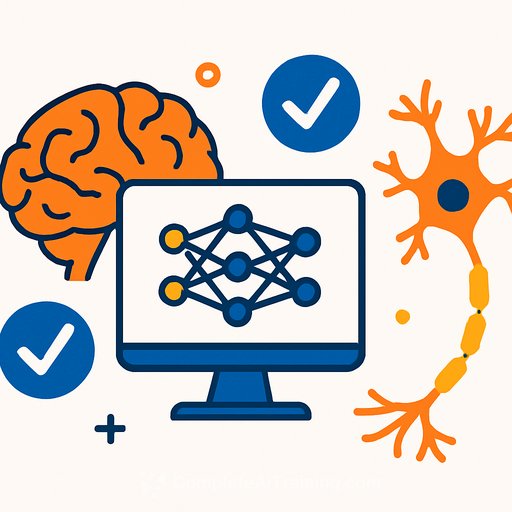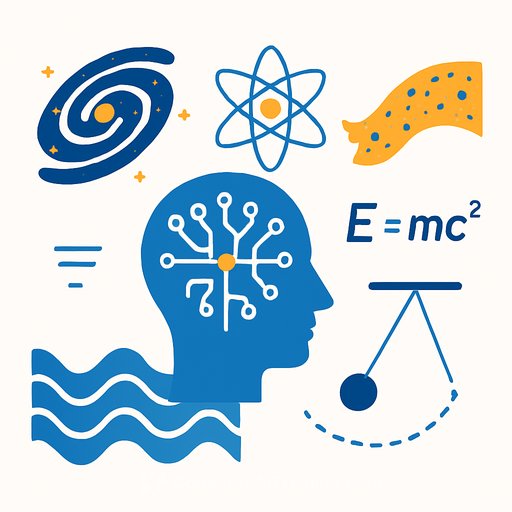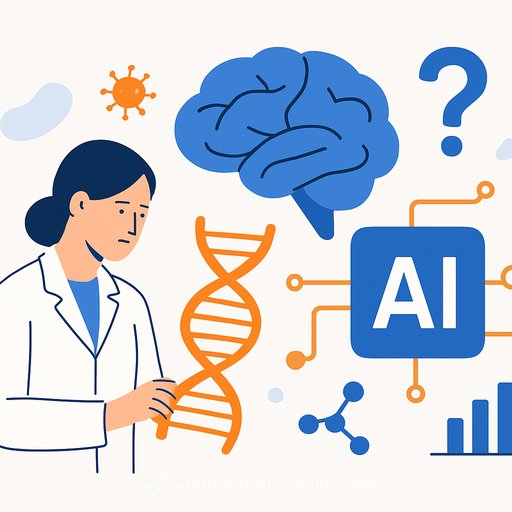AI Breakthrough in Neuroscience: Identifying Neuron Types from Brain Activity
Scientists have developed an AI algorithm capable of distinguishing different neuron types from brain activity recordings with 95% accuracy—without relying on genetic tools. By tagging neurons with light-sensitive markers and recording their unique electrical signatures, researchers created a training library that enables artificial intelligence to identify neuron types in both mice and monkeys.
This advancement addresses a century-old challenge in neuroscience, offering new ways to understand how various neurons contribute to behavior and disease. The tool has potential applications in improving neural implants, decoding neurological disorders such as epilepsy, and refining brain studies in animals and humans.
Key Facts
- AI Breakthrough: An algorithm distinguishes neuron types from electrical activity with high precision.
- Cross-Species Utility: Validated in mice and monkeys, with potential for human application.
- Open Access: The database and AI tool are freely available to the global research community.
Understanding Neurons
The brain consists of many neuron types, each playing distinct roles in processing information. Traditional methods use electrodes to record electrical "spikes" generated by neurons during brain activity. Although these recordings monitor individual neurons, they have been unable to identify neuron types, limiting insights into how different neurons contribute to overall brain function.
In a recent study published in Cell, researchers overcame this limitation by identifying distinct electrical signatures of neuron types in the mouse brain. Using brief pulses of blue light to trigger spikes in specific neurons—a technique called optogenetics—they built a library of electrical signatures. This library trained an AI algorithm to automatically recognize five neuron types with 95% accuracy, eliminating the need for genetic tools. The algorithm was also validated using brain recordings from monkeys.
Implications for Neuroscience
This approach overcomes a major obstacle in studying neurological conditions like epilepsy, though practical applications remain in the future. Dr. Maxime Beau from UCL Wolfson Institute for Biomedical Research explains, “For decades, neuroscientists have struggled to reliably identify neuron types active during behavior. Our method now enables identification with over 95% accuracy in mice and monkeys, allowing researchers to record brain circuits during complex behaviors such as movement.”
Neurons function like logic gates in a computer chip, acting as fundamental computing units. This method allows simultaneous identification of many neuron types in action, where previously it was limited to one at a time and at a higher cost.
The algorithm’s ability to work across species opens possibilities for studying other animals and eventually humans. This means that, instead of requiring genetically modified animals, researchers can study neuron functions and interactions in standard animal models.
Future Applications
The method has promising potential for studying neurological and neuropsychiatric disorders such as epilepsy, autism, and dementia, which involve altered interactions among neuron types. Professor Beverley Clark from UCL Wolfson Institute compares the brain to an orchestra: “Many neuron types contribute to complex behavior, like instruments in a symphony. Our work teaches an algorithm to recognize each instrument’s contribution.”
Observing this “neural symphony” in action addresses a challenge that has persisted for over 100 years. While still far from clinical use, this is a significant step toward studying neurological conditions more effectively.
Conclusion
Advancing knowledge of brain function could lead to significant medical progress. Neural implants, or brain-computer interfaces, are one such area, with research enabling paralyzed individuals to control robotic limbs via neural signals. This study’s technique to differentiate neuron types can improve implants by better recognizing specific cell activity and generating appropriate responses.
Understanding how healthy brains operate is essential for compensating for damage. Professor Michael Häusser of UCL Division of Medicine and The University of Hong Kong highlights the collaboration behind this progress: “This project combined molecular biology to tag neurons with light, silicon probe recording tech, and advances in deep learning. Partner labs at UCL, Baylor, Duke, and Bar Ilan University all contributed critical pieces. Together, the whole is greater than the sum of its parts.”
The collected database and AI algorithm are open source, providing researchers worldwide with valuable resources for neurological research.
Funding
This research received funding from Wellcome, the National Institutes of Health (NIH), the European Research Council (ERC), and the European Union’s Horizon 2020 research and innovation programme.
For those interested in AI applications and neuroscience, exploring related AI training courses can be valuable. Visit Complete AI Training's latest AI courses for more information.
Your membership also unlocks:






